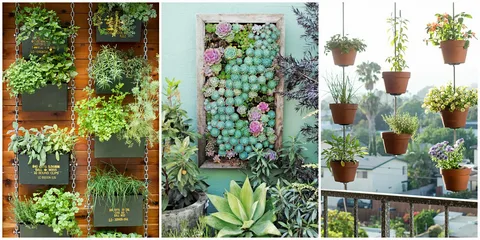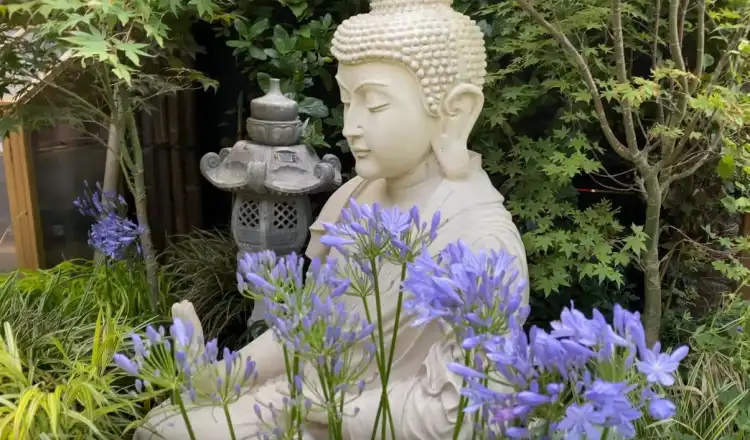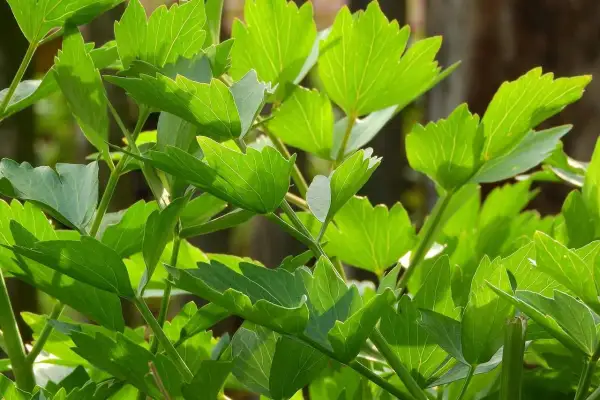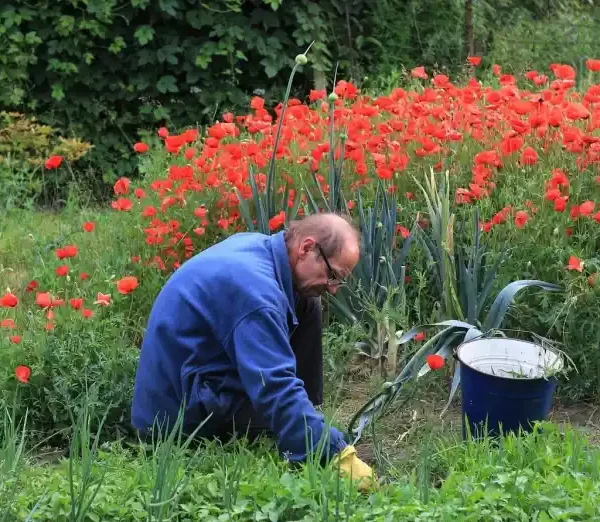A prayer garden serves as a serene sanctuary for reflection, meditation, and spiritual connection. In this expert guide, we’ll explore a variety of plant ideas to enhance the beauty and tranquility of your prayer garden, creating a sacred space for contemplation and renewal.
Understanding the Purpose of a Prayer Garden
A prayer garden is a place of solace and contemplation, designed to inspire spiritual growth, inner peace, and connection with nature. It provides a tranquil setting for prayer, meditation, and quiet reflection, offering respite from the stresses of daily life.

Choosing Plants for Your Prayer Garden
When selecting plants for your prayer garden, consider varieties that evoke a sense of beauty, serenity, and symbolism. Opt for plants with soft textures, soothing fragrances, and calming colors, creating a harmonious and inviting atmosphere.
Plant Ideas for a Prayer Garden
Lavender (Lavandula spp.)
Known for its fragrant blooms and calming aroma, lavender is a popular choice for prayer gardens. Its purple flowers symbolize devotion and tranquility, making it ideal for promoting relaxation and spiritual reflection.
Rosemary (Rosmarinus officinalis)
Rosemary’s aromatic leaves and delicate blue flowers add beauty and fragrance to prayer gardens. It symbolizes remembrance and fidelity, inviting contemplation and reverence.
Japanese Maple (Acer palmatum)
With its graceful branches and vibrant foliage, the Japanese maple adds elegance and color to prayer gardens. Its striking beauty symbolizes peace, harmony, and inner strength.
White Roses (Rosa spp.)
White roses symbolize purity, innocence, and divine love, making them a fitting choice for prayer gardens. Their delicate blossoms evoke a sense of serenity and spiritual grace.
Fragrant Herbs (Mint, Sage, Thyme)
Fragrant herbs like mint, sage, and thyme add sensory appeal to prayer gardens, stimulating the senses and promoting mindfulness. Their aromatic foliage encourages contemplation and spiritual connection.
Angel’s Trumpet (Brugmansia spp.)
With its trumpet-shaped flowers and heavenly fragrance, angel’s trumpet creates a magical and ethereal ambiance in prayer gardens. It symbolizes divine guidance and protection, inviting moments of spiritual transcendence.
Peace Lily (Spathiphyllum spp.)
The peace lily’s elegant white blooms and lush foliage represent purity, harmony, and renewal, making it a symbol of peace and spiritual awakening in prayer gardens.
Ferns (Various Species)
Ferns add a touch of lushness and greenery to prayer gardens, creating a sense of shelter and tranquility. Their delicate fronds symbolize new beginnings and spiritual growth.
Lamb’s Ear (Stachys byzantina)
Soft and velvety to the touch, lamb’s ear brings tactile pleasure and visual interest to prayer gardens. Its silvery foliage symbolizes purity and gentleness, inviting moments of introspection and contemplation.
Hydrangeas (Hydrangea spp.)
Hydrangeas’ large, showy blooms and vibrant colors add charm and elegance to prayer gardens. They symbolize gratitude, abundance, and heartfelt emotions, fostering a sense of gratitude and reverence.
Creating a Sacred Space
To create a truly sacred space in your prayer garden, arrange plants thoughtfully to encourage flow and harmony. Incorporate elements such as pathways, seating areas, water features, and statues to enhance the spiritual ambiance and invite moments of quiet reflection.
Conclusion
With careful planning and thoughtful selection, you can create a prayer garden that nourishes the soul and uplifts the spirit. By incorporating these plant ideas and design principles, you’ll cultivate a tranquil sanctuary for prayer, meditation, and spiritual renewal, fostering a deeper connection with the divine and the natural world.
- Best THC Sodas to Buy in Arkansas - May 28, 2025
- Exploring THC-Infused Sodas in Arkansas - May 28, 2025
- THC Beverages Now Trending in Alabama - May 28, 2025




